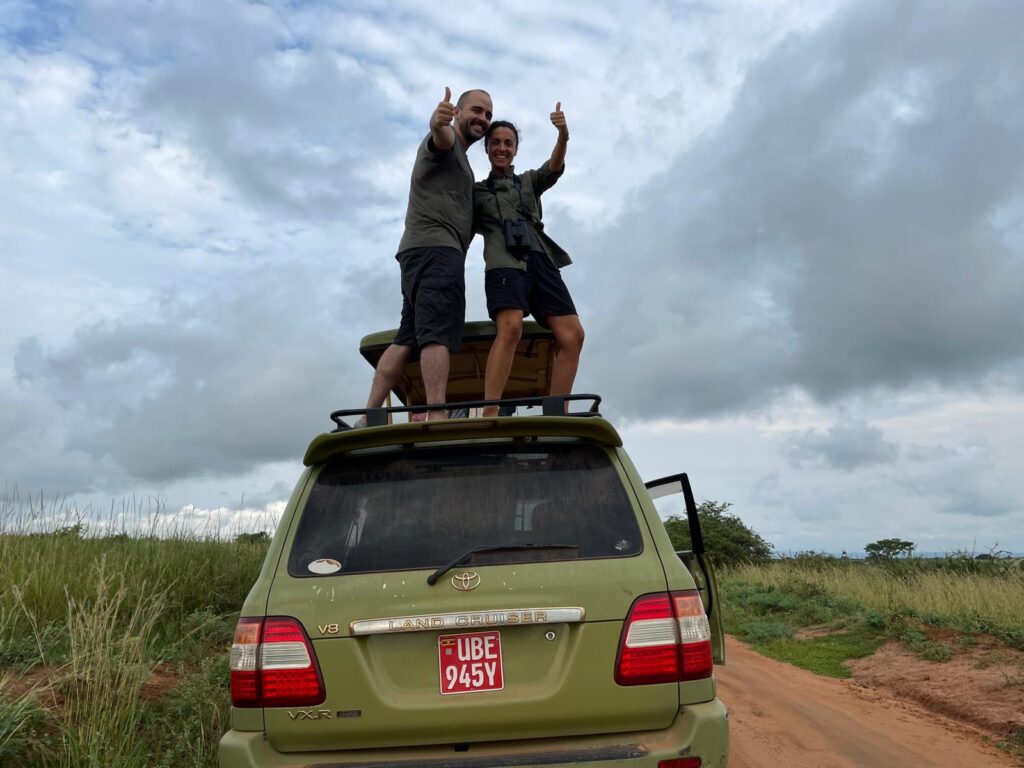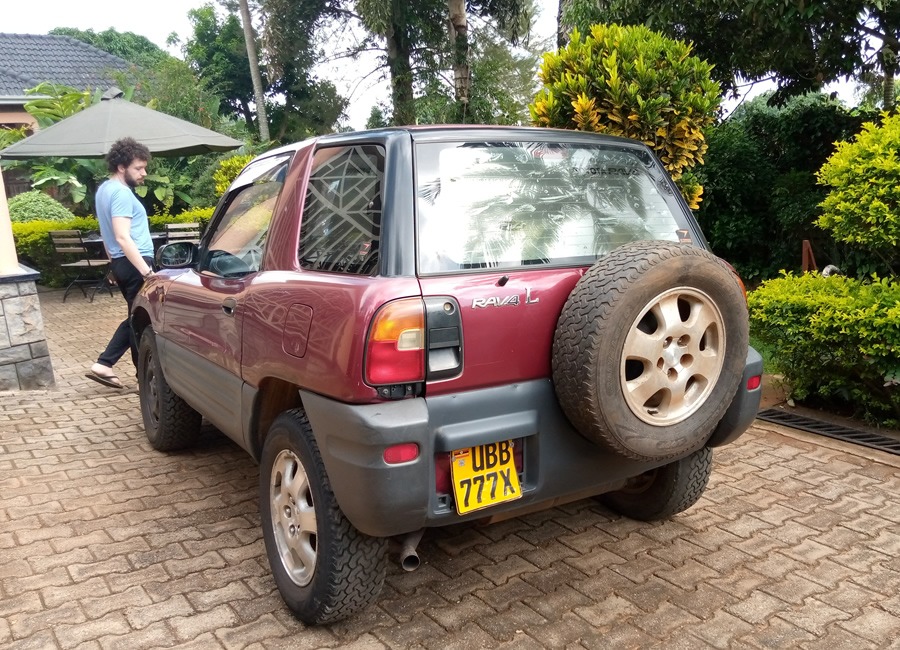Embarking on self drive in Uganda promises an exhilarating adventure filled with stunning wildlife, lush landscapes, and the freedom to explore at your own pace. However, navigating Uganda’s diverse terrain and unpredictable weather requires thoughtful preparation and the right gear. Here is a detailed guide on what to pack for a self-drive safari in Uganda to ensure a smooth, safe, and memorable experience.

1. Essential Documents and Navigation Tools
Before anything else, carry all vital documents such as a valid driver’s license, passport, visa (if required), and identification cards. These are critical for car rental, park entries, and emergencies. Alongside paperwork, pack your Uganda driving permit and any insurance details. For navigation, a reliable GPS device or smartphone with offline maps is crucial because mobile internet can be spotty in remote areas. Equipping yourself with a local SIM card enhances communication, allowing for effective contact with locals and emergency services.
2. Vehicle and Road Safety Equipment
Since you will be driving independently, robust vehicle preparedness is key. Ensure your rental is a 4WD with high ground clearance to handle dirt roads, mud, and uneven tracks often found in Uganda’s parks and countryside. Pack a spare tire, tire repair kit, jack, lug wrench, and a portable air compressor for inflating tires. Jumper cables, a tow rope, and a basic toolbox with essential tools allow you to manage minor breakdowns or get unstuck. Also include a fire extinguisher, first aid kit, and a durable torch or headlamp for nighttime visibility and emergencies.
3. Clothing and Footwear
Pack lightweight, breathable clothing suitable for hot daytime temperatures but also prepare for cooler nights, especially in elevated areas. Long-sleeved shirts and pants help protect against sunburn, insect bites, and scratches. Adequate layering options like fleece jackets or warm sweaters are essential for chilly evenings. A waterproof jacket or poncho is necessary as Uganda experiences frequent rain, particularly during the rainy seasons. Comfortable, sturdy hiking boots are indispensable for walking safaris or trekking, accompanied by sandals or flip-flops for camp downtime. Don’t forget a wide-brimmed hat, sunglasses, and a bandana for sun and dust protection.
4. Camping and Sleeping Gear
If your safari includes camping, bring a reliable tent that is waterproof and easy to set up—rooftop tents that mount on vehicles are highly convenient. Sleeping bags suitable for the temperatures you expect, along with sleeping mats or pads for comfort and insulation from cold ground, are important. Compact, inflatable pillows enhance sleeping comfort. Pack portable camping chairs and a headlamp for hands-free lighting around the campsite. Eating utensils, lightweight cookware (pots, pans, kettle), a camping stove with compatible fuel, and reusable plates and cutlery will help you prepare meals easily outdoors.
5. Food, Water, and Cooking Supplies
Carry sufficient non-perishable food such as canned meats, vegetables, pasta, and grains, plus high-energy snacks like trail mix, protein bars, and dried fruits to keep you energized on the go. Replenish fresh items when you reach market towns. Also bring salt, pepper, and your favorite spices to add flavor to simple camp meals. Since clean water sources may be scarce, pack ample bottled water and consider a portable water purifier or purification tablets to ensure safe drinking water. A cooler will help keep perishables fresh early in your trip.
6. Personal Care and Miscellaneous Items
Insect repellent and anti-itch cream or jelly help combat mosquitoes and other insects prevalent in tropical Uganda. Sunscreen with a high SPF is essential. A small sewing kit, duct tape, zip ties, and a multi-tool can be lifesavers for quick repairs on clothes or gear. Basic toiletries in eco-friendly packaging, garbage bags for waste, and a reusable towel are useful items for hygiene and environmental responsibility.
7. Packing Tips for Organization
Use packing cubes to organize clothes and gear by category, facilitating easy access. Roll clothes instead of folding to save space and reduce wrinkles. Leave some room to bring home souvenirs, and clearly label your luggage to avoid mix-ups.
This comprehensive packing list balances safety, comfort, and convenience, turning your self drive Uganda safari into an empowering exploration of the Pearl of Africa’s wild heart. Being well-prepared allows you to embrace the unexpected, navigate varied landscapes confidently, and create unforgettable memories amidst Uganda’s rich biodiversity and stunning natural beauty.
To book a rental car in Uganda for self drive adventure this season by sending an email to info@ugandacarrentaldeal.com or call us now on +256-779232316 to speak with the reservations team.


